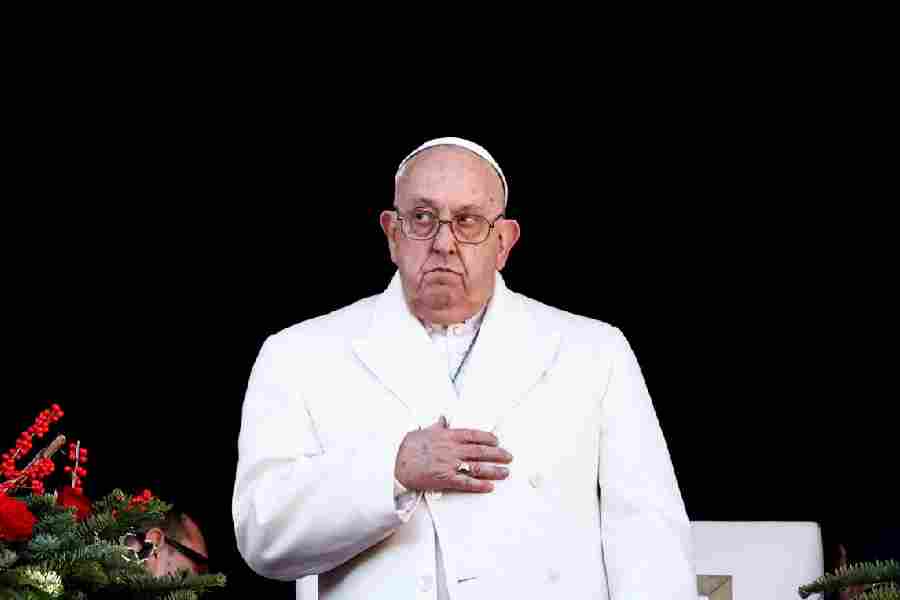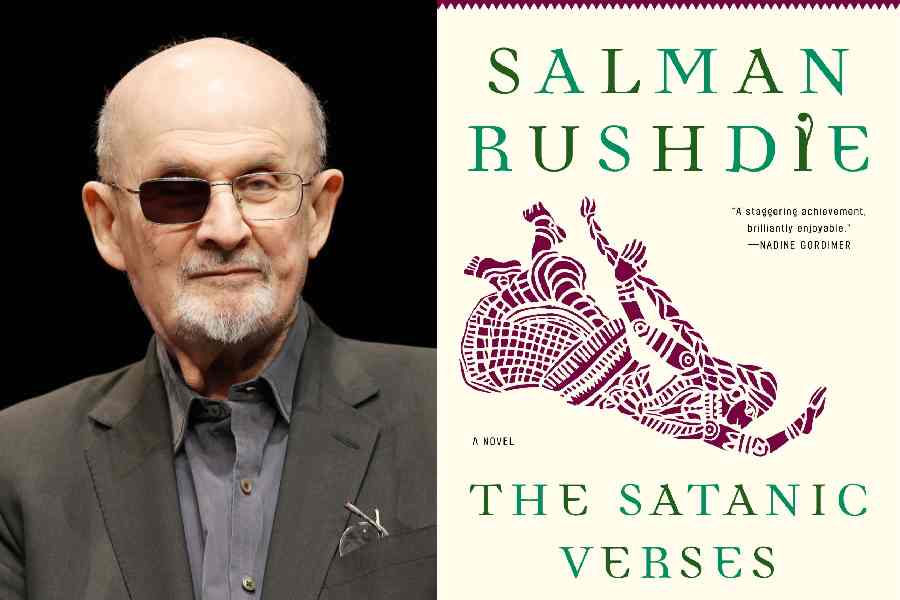US President Donald Trump has said he is 'saving the big deal' with India for later and does not know if it will be signed before the presidential election in November, signalling that a bilateral trade pact may not materialise during his maiden visit to New Delhi next week.
Trump, forcefully pursuing his 'America first' policy, has previously described India as a 'tariff king' for imposing 'tremendously high' tariffs on American products, also expressed dissatisfaction over the US-India trade ties.
'Well, we can have a trade deal with India, but I'm really saving the big deal for later on,' Trump, who is scheduled to visit India on February 24 and 25, told reporters at the Joint Base Andrews outside Washington on Tuesday when asked whether he expects a trade deal with India before the visit.
'We're doing a very big trade deal with India. We'll have it. I don't know if it'll be done before the election, but we'll have a very big deal with India,' he said.
During his interaction with journalists, Trump once again voiced his concern over US-India trade relations.
'We're not treated very well by India,' the US President said.
The US and India could sign a 'trade package' during Trump's visit, according to media reports.
US trade representative Robert Lighthizer, the point-person for trade negotiations with India, may not accompany Trump to India, sources said. However, officials have not ruled it out altogether.
Multiple rounds of talks have taken place between Union commerce minister Piyush Goyal and Lighthizer in the past few weeks over telephone.
India is demanding exemption from high duties imposed by the US on certain steel and aluminium products, resumption of export benefits to certain domestic products under their Generalised System of Preferences (GSP), greater market access for its products from sectors including agriculture, automobile, auto components and engineering.
On the other hand, the US wants greater market access for its farm and manufacturing products, dairy items and medical devices, and cut on import duties on some ICT products. The US has also raised concerns over high trade deficit with India which was USD 16.9 billion in 2018-19.
Though President Trump is not happy with the bilateral trade ties, he praised Prime Minister Narendra Modi and said he is looking forward to his visit to India.
'I happen to like Prime Minister Modi a lot,' Trump said.
'He (Modi) told me we'll have seven million people between the airport and the event. And the stadium, I understand, is sort of semi under construction, but it's going to be the largest stadium in the world. So it's going to be very exciting... I hope you all enjoy it,' he told reporters.
Trump was referring to a scheduled joint public rally with Modi at the newly-built Motera Stadium in Ahmedabad, capital of Gujarat.
Meanwhile, the US-India Strategic and Partnership Forum (USISPF) in a report said the latest quarterly data depict continuation of overall positive bilateral trade trends. The third quarter data reflects a downslide in growth rates.
'It may be due to several reasons, including the unexpected economic slowdown in India's economic growth, impact of US-China trade war, GSP withdrawal from the US side and retaliatory tariffs on specific US goods from the Indian side,' it said.
According to the report, the data available for the first three quarters of 2019 (January-September) pulled the overall growth rate in cumulative bilateral trade down to 4.5 per cent from 8.4 per cent registered for the first two quarters.
Goods and services trade performance in third quarter was dismal at -2.3 per cent, in contrast with the impressive 9.6 per cent growth witnessed for the first two quarters of the year; while trade in services was up two per cent goods trade dropped five per cent, the report said.
The cumulative US-India trade in goods and services (USD 110.9 billion) for the first three quarters of 2019 increased 4.5 per cent with US exports and imports growing at four percent and five per cent respectively.
The US exported USD 45.3 billion worth of goods and services to India in the first three quarters 2019, up 4 per cent from the corresponding period in the previous year; and the US imported USD 65.6 billion worth of goods and services from India, up five per cent from the previous year's USD 62.5 billion level for the same period, it said.
The USISPF has projected that the total bilateral trade can touch USD 238 billion by 2025 if the current 7.5 per cent average annual rate of growth sustains; however, higher growth rates can result in bilateral trade in the range of USD 283 billion and USD 327 billion.
The US remains the top trading partner for India in terms of trade in goods and services, followed by China. While the bilateral trade between US and India is approximately 62 per cent in goods and 38 per cent in services, the bilateral trade between India and China is dominated by goods.
India's trade with China grew 13 per cent in 2018, while India's goods trade with the US increased 18 per cent.
China had a huge trade surplus of USD 58 billion with India, indicating Beijing's strength in the Indian market, especially in sectors like electronics, machinery, organic chemicals and medical devices.
The US goods exports to India, in comparison, were mainly concentrated in mineral fuels, precious stones, and aircraft. The US faces tough competition with China in the Indian market in areas such as electronics, machinery, organic chemicals and medical devices.











